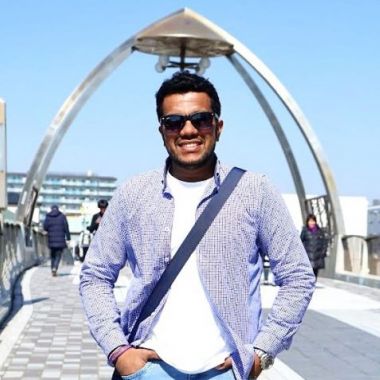
Project 2.2 (2020)
Continuously reinforced concrete pavement (CRCP) is the major type of highway pavement used for the expressways in urban areas in USA and NSW, because of its increased ride quality, minimal maintenance, and extended service life afforded [1]. However, CRCP may sometimes experience early failure of ride quality owing to surface spalling adjacent to full depth cracks.
Plain Portland cement concrete is an inherently brittle material with low tensile strength and strain capacity. While the traditional means of overcoming these inherent flaws has been to add steel reinforcing bars at specified locations in the matrix, during the past century there have been developments in using randomly oriented, discrete fibres (steel or glass) to remedy these weaknesses.
The use of steel fibres can improve some of the mechanical properties of concrete, such as tensile or flexural strength and fatigue performance, but the most important improvement imparted by steel and synthetic fibres is the ability to control crack widths and carry significant stresses after the initial cracking of the concrete. This improvement in post-cracking behavior gives the concrete a pseudo-ductility that is known as toughness.
Fibre-reinforced concrete (FRC) has gained in popularity in recent years, with applications aimed at preventing plastic and drying shrinkage cracking, improving abrasion and impact resistance, increasing tensile strength and strain capacity, and reducing the amount of conventional steel in certain applications [2, 3]. There was very little work done on using FRC in full-depth CRCP, and this project sought to evaluate the feasibility of using fibres in CRCP.
Project Objectives1. Undertake a review on CRCP design and behaviour as well asthe role of fibre in CRCP
2. Perform laboratory testing that validates the effect of fibres on typical concrete paving mixes
3. Perform field investigations to verify constructability and workability of fibres in CRCP construction
4. Perform frequent monitoring to evaluate the effect of fibres on crack spacing, crack width, and spalling development
5. To undertake a review of provide a review of graphene as potential alternate reinforcement in CRCP
- Professor Jay Sanjayan (LCI - Swinburne University of Technology)
- Professor Pat Rajeev (Swinburne University of Technology)






































